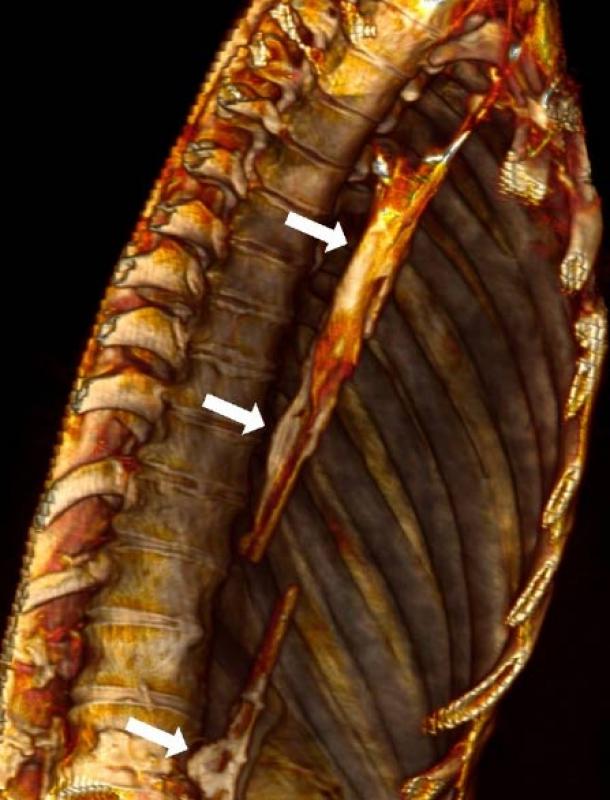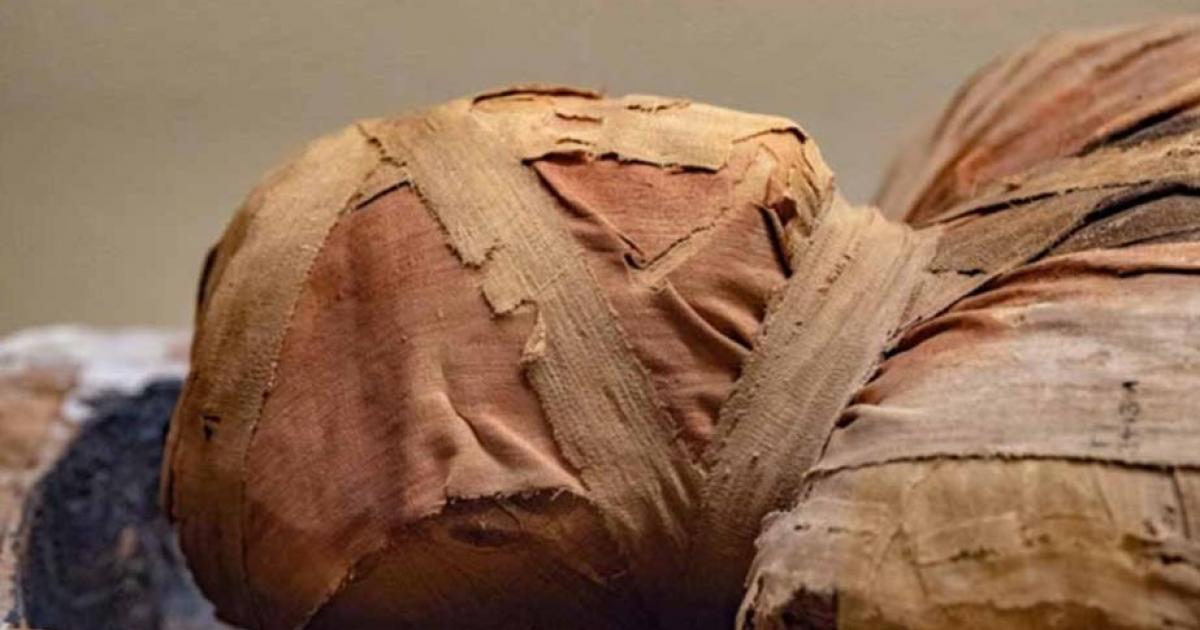Introduction
Heart disease is often viewed as a modern malady, fueled by sedentary lifestyles, poor dietary habits, and the stresses of modern life. However, a groundbreaking study led by Saint Luke’s Mid America Heart Institute challenges this notion, revealing that heart disease has been a human affliction for millennia.
The Global HORUS Study, recently published in the European Heart Journal, has found widespread evidence of atherosclerosis—a build-up of plaque in the arteries that can lead to heart attacks and strokes—in ancient mummies from diverse cultures around the world. This discovery supports the idea that atherosclerosis is not solely a product of modern lifestyles but rather a condition with deep historical roots.

Uncovering Ancient Atherosclerosis
According to the new release by Saint Luke’s Mid America Heart Institute, researchers conducted CT scans on 237 adult mummies spanning over 4,000 years and found signs of atherosclerosis in more than 37% of the cases. The mummies, hailing from seven different cultures—including ancient Egyptians, lowland Peruvians, highland Andean Bolivians, 19th-century Aleutian Islander hunter-gatherers, 16th-century Greenlandic Inuits, ancestral Puebloans, and Middle Ages Gobi Desert pastoralists—offered a unique glimpse into the health issues faced by our ancestors.
“We found atherosclerosis in all time periods—dating before 2,500 BC—in both men and women, in all seven cultures that were studied, and in both elites and non-elites,” said Dr. Randall Thompson, lead author of the study and cardiologist at Saint Luke’s Mid America Heart Institute.
This discovery challenges the common perception that heart disease is a modern phenomenon, instead suggesting that it has been a persistent human affliction for thousands of years.

Implications for Modern Health
While the presence of heart disease in ancient populations is notable, the researchers emphasized that most cases found were consistent with early disease stages, often discovered incidentally in modern patients during routine CT scans. The mean age of the mummies at death was around 40 years old, young by today’s standards, yet indicative of the onset of cardiovascular issues.
Dr. Thompson explained: “This study indicates that modern cardiovascular risk factors—such as smoking, sedentary lifestyle, and poor diet—exacerbate an underlying, inherent risk that is part of the human aging process. It is crucial to control the risk factors we can manage to mitigate the impact of heart disease.”
In other words, the study suggests that while heart disease has ancient roots, our modern lifestyles and behaviors have amplified its impact, leading to the high rates of heart disease we see today. By understanding the historical context of this condition, we can better address the risk factors within our control and work to improve cardiovascular health.
Challenges and Future Directions
Although the researchers acknowledge certain limitations of their study, such as the varying degrees of preservation among the mummies and the potential effects of the mummification process on tissue, they believe the conservative assessment methods ensured a rigorous analysis of atherosclerosis presence.
The study corroborates the findings of an earlier study that found the presence of the same heart disease in mummies. This 2019 study published in the American Heart Journal, found cholesterol buildup in the arteries of five mummies dating back to 2000 BC.
The Global HORUS Study adds to existing evidence that heart disease is not merely a byproduct of contemporary life but a condition that has affected humans for thousands of years. This research not only enriches our understanding of ancient health but also reinforces the importance of managing modern risk factors to combat the inherent risks of atherosclerosis.
As we continue to unravel the mysteries of our ancestors’ health, we gain invaluable insights into our own well-being and the ongoing battle against heart disease. By acknowledging the deep-rooted nature of this affliction, we can approach the prevention and treatment of heart disease with a more comprehensive and informed perspective.
Conclusion
The Global HORUS Study’s findings challenge the common perception of heart disease as a modern phenomenon, revealing that this condition has been a persistent human affliction for millennia. The widespread presence of atherosclerosis in ancient mummies from diverse cultures underscores the timeless nature of this health issue.
While the study highlights the inherent risks of heart disease, it also emphasizes the importance of addressing modern risk factors to mitigate its impact. By understanding the historical context of this condition, we can better navigate the ongoing battle against cardiovascular disease and work towards a healthier future for all.
As we continue to uncover the secrets of our ancestors’ health, we are presented with a unique opportunity to gain valuable insights that can inform our approach to modern healthcare. The ancient mummies have spoken, and their message is clear: heart disease is a timeless human affliction that requires our vigilance and dedication to overcome.

